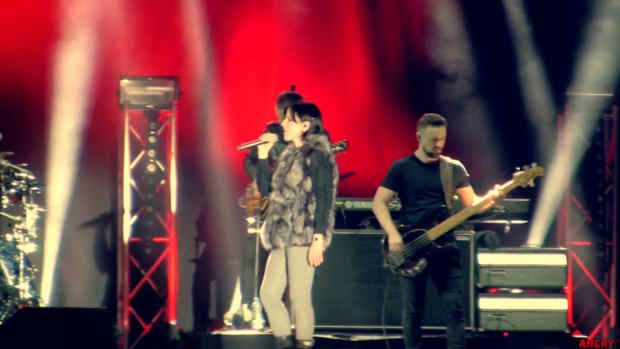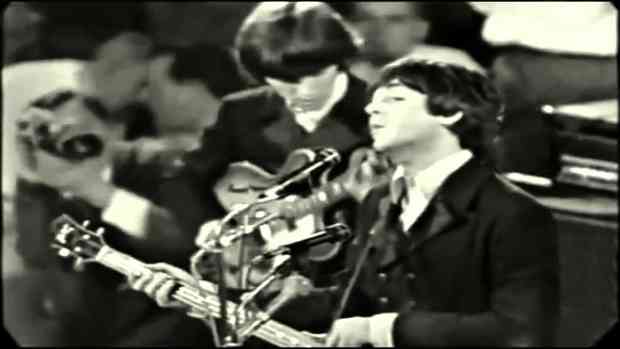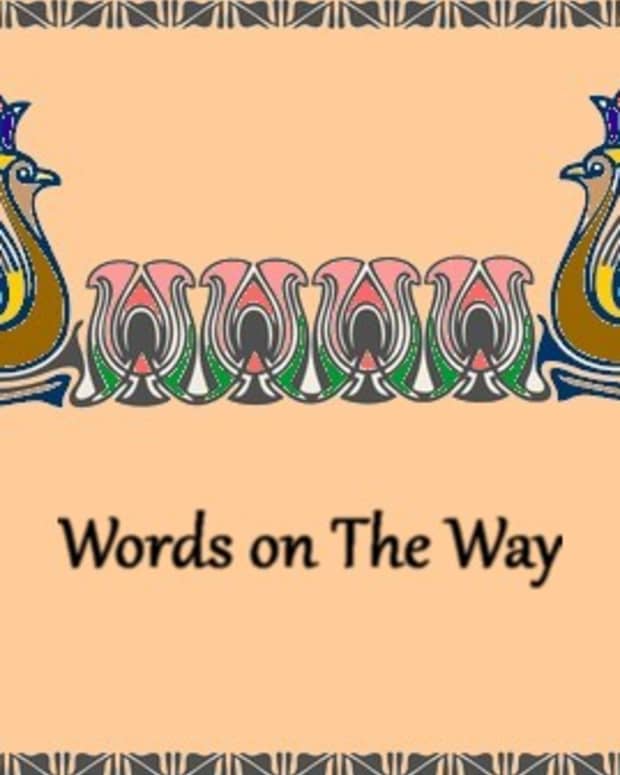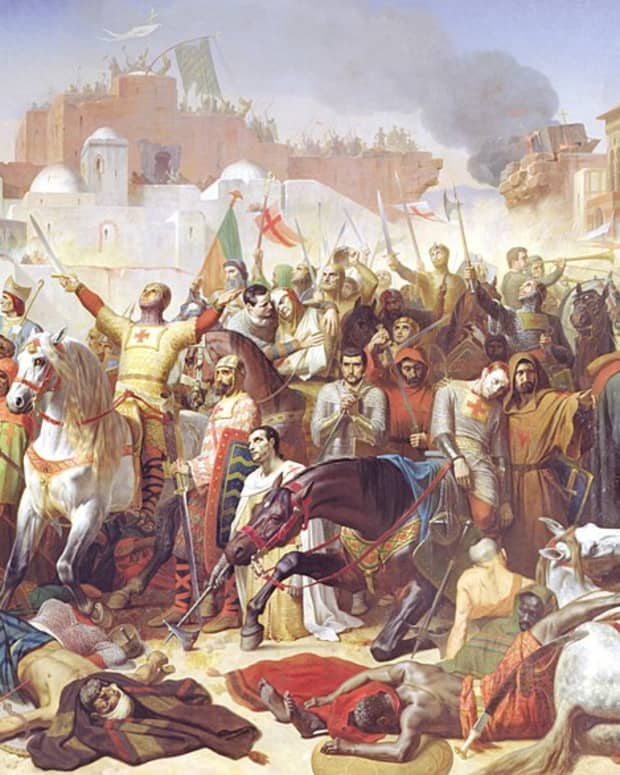Emily Dickinson's "The Robin's my Criterion for Tune"

Emily Dickinson - This daguerrotype, circa 1847 at age 17, is likely the only authentic, extant image of the poet.
Introduction and Text of "The Robin's my Criterion for Tune"
With pride of place, Emily Dickinson's speaker in "The Robin's my Criterion for Tune" dramatizes the natural creatures who flourish where she lives. In her neck of the woods, people see "New Englandly."
In seventeen well crafted lines, the speaker offers a glimpse of what seeing "New Englandly" looks like as she compares that view to other spots about which she has become aware.
Emily Dickinson often speaks through created characters, but in this one she speaks as a New England born and bred resident who not only justifies seeing "Provincially" but also shows that being herself can result in a splendid vision. As she compares her discernment to the "Queen," she allows her perspective to reign supreme.
The Robin's my Criterion for Tune
The Robin's my Criterion for Tune –
Because I grow –where Robins do –
But, were I Cuckoo born –
I'd swear by him –
The ode familiar –rules the Noon –
The Buttercup's, my Whim for Bloom –
Because, we're Orchard sprung –
But, were I Britain born,
I'd Daisies spurn –
None but the Nut –October fit –
Because, through dropping it,
The Seasons flit –I'm taught –
Without the Snow's Tableau
Winter, were lie –to me –
Because I see –New Englandly –
The Queen, discerns like me –
Provincially –
Commentary on "The Robin's my Criterion for Tune"
Emily Dickinson famously referred to her and her family's vision as "seeing New Englandly." For her speaker in "The Robin's my Criterion for Tune," that kind of vision has no negative nuance of provinciality.
First Movement: Where Robins Reign
The Robin's my Criterion for Tune –
Because I grow –where Robins do –
But, were I Cuckoo born –
I'd swear by him –
The ode familiar –rules the Noon –
The speaker begins by asserting that because she was born, raised, and still resides where robins reign, she therefore naturally chooses the robin to speak for her as her birdsong of choice.
And she has no difficulty admitting her bias for robins, as she explains that if she had been born where the "Cuckoo" lives, the cuckoo would have become her "criterion" for judging "tunes."
The speaker would be swearing by cuckoos instead of robins had she been born among them. But for this speaker, the robin's "ode" is familiar and she considers the robin to be the ruler of "Noon."
Second Movement: Partial to the Buttercup
The Buttercup's, my Whim for Bloom –
Because, we're Orchard sprung –
Because the speaker lives on a large piece of land with several acres and a lovely standing "Orchard," she is welcomed in spring to beauty by the "Buttercup." Thus she finds her eye partial to that lovely little flower.
Third Movement: British and the Nut Tree
But, were I Britain born,
I'd Daisies spurn –
None but the Nut –October fit –
Because, through dropping it,
The Seasons flit –I'm taught –
The speaker now explains that had she first seen life in Britain, she probably would not care for daisies; she would spurn them. Instead of daisies she would appreciate the nut tree. She suggests that what she has heard is that the nuts dropping in October helped hurry the year along.
The speaker alerts the reader to the fact that she has been "taught" these things about other places. Thus, she cannot swear by their accuracy, only her own reaction to the second-hand information.
Fourth Movement: Snow for True Winter
Without the Snow's Tableau
Winter, were lie –to me –
Because I see –New Englandly –
The Queen, discerns like me –
Provincially –
Finally, the speaker concludes that in winter she must have snow for winter to be authentic for those who see and live New Englandly. She knows from reading books in geography that some places on Earth do not have snow in winter.
She also knows that the white powdery precipitation does not even fall in certain places in her own country. The speaker is aware that the term "provincial" is often applied to folks who are uneducated, perhaps even boringly unsophisticated.
She knows that those terms do not apply to her and her milieu—including the flower, birds, and other of nature’s creature that reside where she does.
She is well read, she thinks deeply, and she has the great ability to describe her environment with fascinating details. She is capable of deriving meaning from the relationships she observes.
However, if she must be considered a rustic provincial, she can attest to the fact even "the Queen" sees only that which surrounds her. The speaker thus can rely on being in good company with her provinciality. She knows that at least she does observe with appropriate discrimination.
Related Emily Dickinson Information
- Life Sketch of Emily Dickinson Emily Dickinson may be the most famous American poet of the nineteenth century. Her poems focus on a number of topics—some considered her "flood subjects"—including death, philosophy of life, immortality, riddles, birds, flowers, sunsets, people, and many others.
Commentaries on Emily Dickinson Poems
- Emily Dickinson's "Awake ye muses nine, sing me a strain divine" In The Complete Poems of Emily Dickinson, edited and returned to Dickinson's idiosyncratic style by Thomas H. Johnson, the first poem sports a whopping 40 lines of 20 riming couplets.
- Emily Dickinson's "Winter is good – his Hoar Delights" and "Like Brooms of Steel" Emily Dickinson creates speakers who are every bit as a tricky as Robert Frost’s tricky speakers. Her two-stanza, eight-line lyric announcing, "Winter is good" attests to the poet’s skill of seemingly praising while showing disdain in the same breath.
- Emily Dickinson's "There’s been a Death, in the Opposite House" The following version of Emily Dickinson's "There's been a Death, in the Opposite House" in Thomas Johnson's The Complete Poems of Emily Dickinson displays the poem as the poet wrote it.
- Emily Dickinson's "Because I could not stop for Death" Emily Dickinson's mystical drama features a carriage driver who appears to be a gentleman caller. The speaker abandons both her work and leisure in order to accompany the kind gentleman on a carriage ride. Dickinson’s mystical tendencies are on pull display in this poem.
- Emily Dickinson's "After great pain, a formal feeling comes" Emily Dickinson's "After great pain, a formal feeling comes" is the poem equivalent of a sculpture carved to represent grief; the poet has metaphorically carved from the rock of suffering a remarkable statue of the human mind that has experienced severe agony.
This content is accurate and true to the best of the author’s knowledge and is not meant to substitute for formal and individualized advice from a qualified professional.
© 2023 Linda Sue Grimes



















